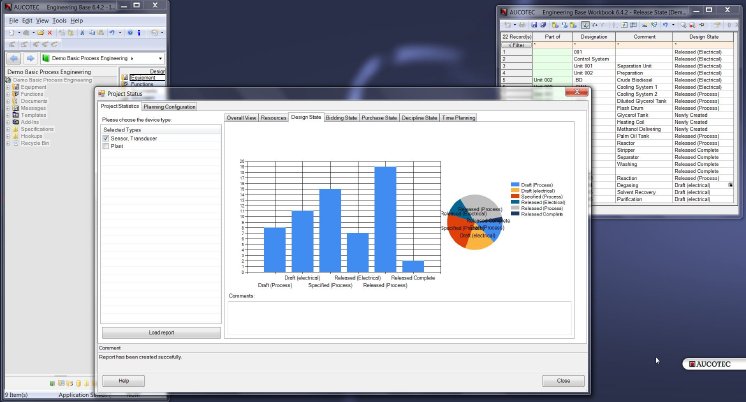Even after importing new customer or supplier data, EB allows you to recognise that changes were involved. The system indicates the data that still needs to be processed. If several users are working internally on the same project, the system allows control over intermediate specification changes and even shows the revision step in which changes have been made. The import of large quantities of new data is another challenge in change management for which EB now provides a solution.
Automatically visible status
The system platform makes data changes visible via status messages. Objects and attributes obtain configurable information such as processing status and revision affiliation, which EB sets automatically. This clarifies when the modifications were made and by whom. After the specific processing of the necessary subsequent corrections, the status can be reset to "done".
To facilitate processing the import of large amounts of data, the user specifies the exact data records he wants to import. The already imported data is then hidden in the next run due to the integrated change management.
Explicit
All changes are not only visible, but are assigned the correct status. This facilitates research significantly. Furthermore, the designer can refer to explicit versions of data or documents when communicating with suppliers, customers and colleagues.
The database-driven EB, which ensures that each object is present only once in the system, is crucial for this solution. Any presence of an object in lists or graphics is "only" an adapted representation of the same data. Graphically-oriented systems are incapable of proceeding in a similar traceable manner.
Aucotec at the Hanover Trade Fair: Hall 7, Stand B28


